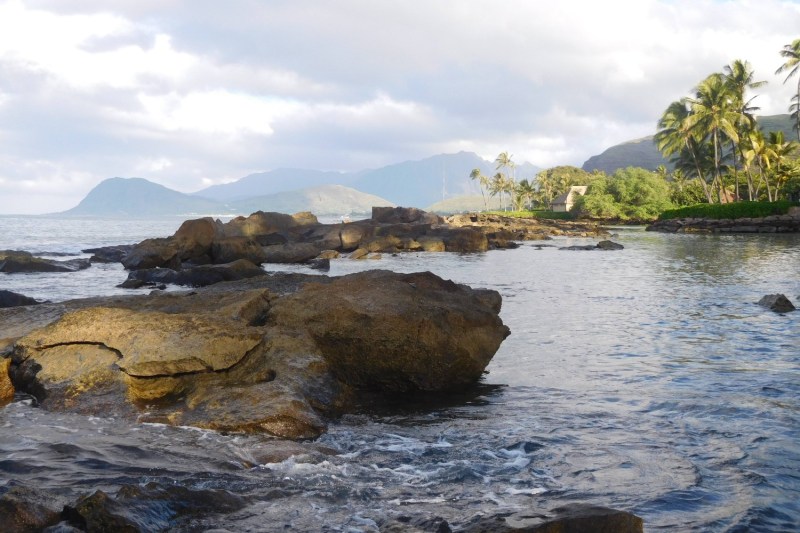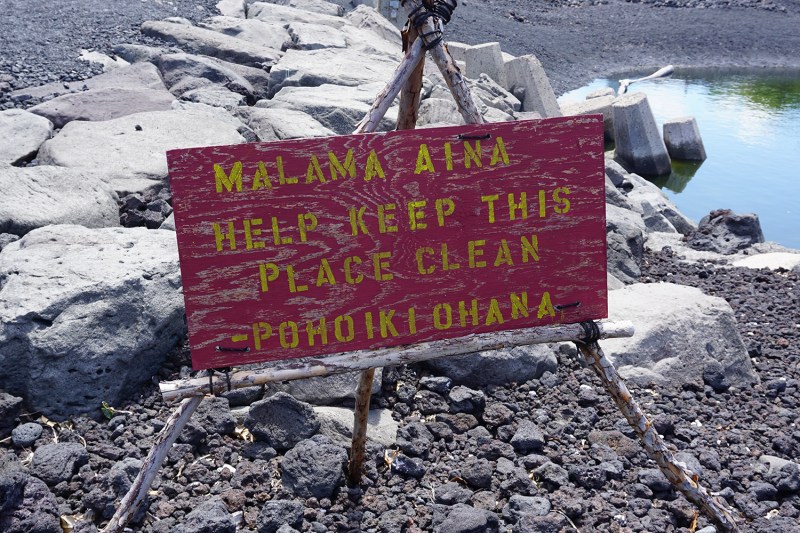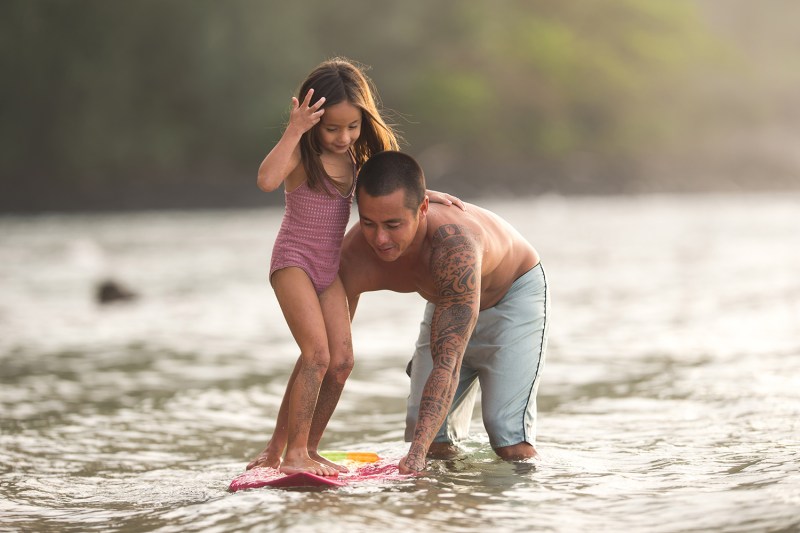Over-tourism is an issue raising concern in vacation-worthy destinations throughout the world. Closer to home, it’s an issue that Hawaii has been dealing with for decades. While other tropical vacation trends come and go, the Hawaiian islands have long reigned securely at the top of the world’s most desirable destinations, thanks to their beautiful beaches, breathtaking mountains, iconic waterfalls, and rainforests teeming with natural wonders. Add in a fascinating indigenous culture and a pervasive spirit of welcome, and it’s not hard to see why tourism is the mainstay of Hawaii’s economy.
However, tourism is accompanied by perpetual tension. On one hand, tourism provides jobs as well as tax revenue to the islands. On the other hand, tourism has contributed to the endangerment of indigenous wildlife, plants, and waterways, unfair compensation for the hospitality and tourism workforce, and a disregard for the rights, values, and customs of native Hawaiians.
Why Is Over-tourism Problematic?

Simply put, over-catering to tourism could end in the elimination of everything that tourists come to enjoy. As many analysts have noted, the Hawaiian Islands are at a tipping point. This concern has reignited the urgency around sustainable travel, not just for conscientious travelers but even for tourism and hospitality corporations.
As a result, the Hawaiian state government, local environmentalists, and tourism business leaders throughout Hawaii have collaborated to create the Aloha+ Challenge, a statewide commitment to uphold principles enunciated in the U.N. Sustainable Development Goals through better resource management. A key factor in this commitment is promoting sustainable tourism. Rather than waiting for Hawaii’s visitors to take the initiative in being good stewards of the island, hospitality, tourism, and service industry organizations have banded together with government agencies and environmental nonprofits to educate and equip visitors in respecting the land while they enjoy it.
What’s Being Done About It?

Just a few of the initiatives include:
- Hawaiian Airlines reducing fuel consumption through lightening cargo on their flights, and committing to local sourcing for their onboard food and beverage service.
- Hilton Hotels and Resorts adding information generated in its LightStay management platforms, such as the energy efficiency of a property or even an individual guest’s contributions, into the brand’s mobile app.
- Fairmont Kea Lani offering a Hawaiian Cultural Program with everything from Hawaiian language classes to the legends and importance of taro. They also support a Sustainability Team with dozens of environmental initiatives, such as solar panels and organizing beach clean-ups for guests.
- Local adventures guides being incentivized to “follow nature’s lead” in the services they offer, (e.g., not taking kayak trips when the reefs are exposed during low tide, practicing catch-and-release fishing, discontinuing damaging services such as jet ski rides).
- An increasing number of local hotels began providing guests with complimentary sunscreen that doesn’t contain the chemicals oxybenzone and octinoxate, which are toxic to the many corals growing along Hawaii’s shoreline. (Those ingredients were then banned from the islands starting in 2021.)
To get a better understanding of this issue, we spoke with our favorite sustainable travel expert, Megan Hardesty of Cohica Travel. In addition to being a curator of sustainable travel experiences all over the world, Megan spent a number of years as a leading executive in Maui’s tourism industry. Along with the many corporate efforts to protect the island’s resources, Megan says that Hawaiian locals are unusually dedicated to the cause.
Why Is Environmentally Sustainable Tourism Good for People and the Planet?

“The people who live on Maui are honestly more passionate and dedicated than any other group of people I’ve met — many spend their weekends and time off volunteering for reef/beach clean-ups, reforestation of native trees and plants, and marine mammal protection. They know the value of the environment and truly band together to protect it,” Hardesty explains.
In her capacity as a travel planner for environmentally conscientious tourists, Megan has found that when visitors to Hawaii choose to use their tourism dollars to support the local economy and environmental restoration, their Hawaiian experience is much more rewarding.
“Hawaii’s history, culture, and environment are unlike anywhere else in the world. If visitors dedicate some of their vacation time to seeking out authentic cultural activities and learning about the island’s people and environment, they’ll find that Hawai’i is so much more than just a beach destination,” according to Hardesty.
Tips for Sustainable Travel in Hawaii

- Book with a sustainable travel company. Seeking out a company that specializes in sustainable travel is the best way to ensure your tourism dollars go to support and protection of Hawaii’s indigenous resources. Cohica Travel builds customized trips for customers that draw upon their close network of local guides, boutique hotels and one-of-a-kind experiences that allow visitors to meaningfully connect with the land and the culture. If you prefer to do your own trip planning, Sustainable Tourism Hawaii offers a Travel Planner Engine with a wealth of sustainable hospitality and experience options.
- When choosing a rental car, forego the gas-guzzling SUV and the ostentatious (gas-fueled) sports car. Instead, opt for an electric car, a hybrid, or another fuel-efficient car. If you’re staying in Honolulu, also consider using TheBus when you’re hopping around Downtown and Waikiki.
- Eat at restaurants certified as Ocean Friendly by the Surfrider Foundation. Their list of eateries runs the gamut from casual to formal, but all follow established practices for keeping the Pacific free of plastic waste. No matter where you eat, make a point of ordering food made with locally grown ingredients, whether that be a burger with beef raised on Maui, or Kona beans in your morning latte. If you’re not sure, just ask a server which items on its menu are grown or raised on the island. And if you’re renting an Airbnb or guest house, shop for groceries at a farmers’ market to support local agriculture and get the most amazing flavors the island has to offer.
- Follow the rules. Whether it’s staying on marked trails during a hike, keeping your hands to yourself when encountering wildlife (yes, even for the cute baby turtles and friendly dolphins), or resisting the urge to pick a stray flower or leaf to take home with you, respecting the environment starts with honoring the boundaries that Hawaiians have set in place. Come on, there are plenty of adventures available that don’t involve vandalizing tide pools or harassing turtles.
- Looking for a guided tour? Choose a local tour company that will not only know the best secret spots, but will also ensure that your activities don’t negatively impact the environment. Sustainable Tourism Hawaii offers a comprehensive list of tour operators and outfitters that follow best practices for protecting the islands’ waterways, land, and air. Two that come highly recommended are Trilogy, a family-owned sailing/snorkeling company that organizes regular reef clean-ups and supports local NGOs, and Hawaiian Paddle Sports, which has received awards for their many environmental efforts and community initiatives.
- Be a voluntourist! Whether you join a workday at a local farm, participate in an organized beach cleanup, or just pick up trash when you see it, contributing your time and effort offers one of the most authentic experiences of Hawaiian culture that you can find anywhere.
If you need more Hawaii in your life, and if you’re looking for ideas for your next trip, check out our picks for the best Hawaiian shirts, our favorite Hawaiian beers, our guide to touring Hawaiian volcanoes, and our picks for Hawaii’s best resorts. Wherever you go next, we wish you all the big aloha energy.


